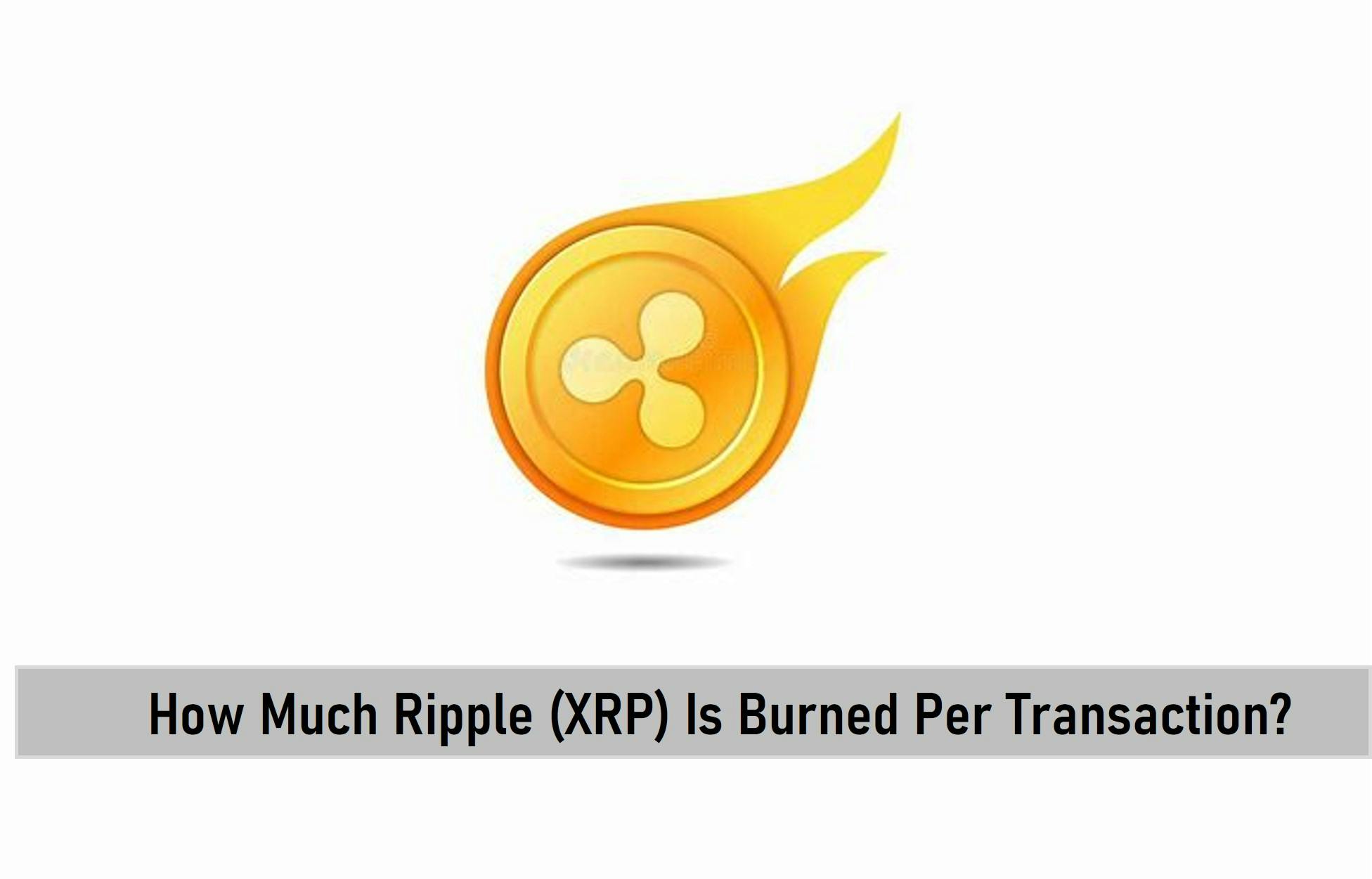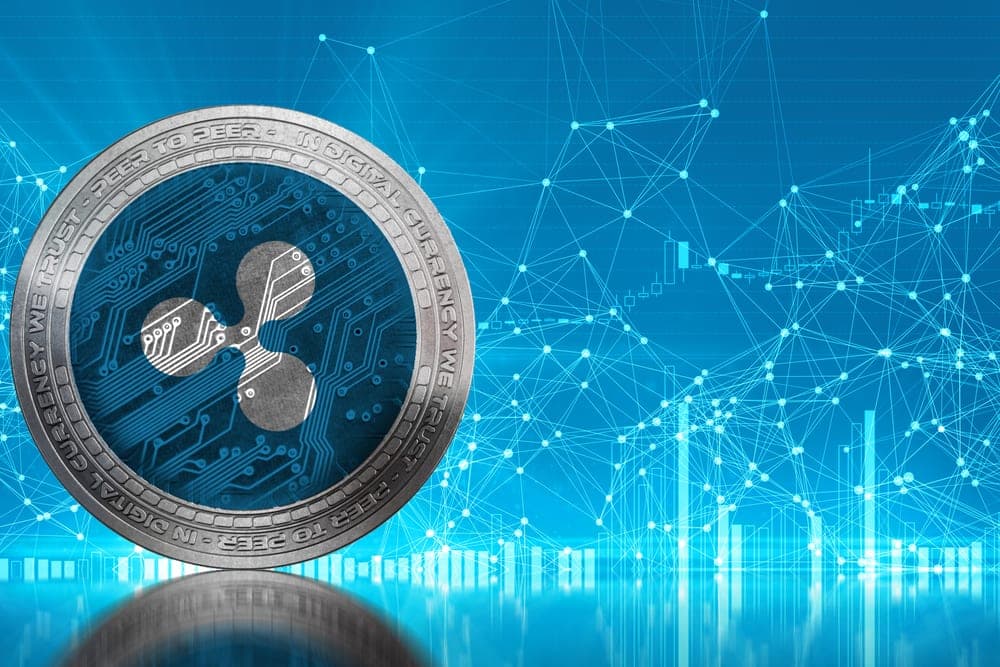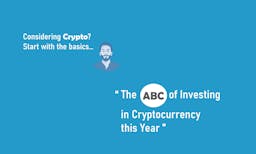
What is Coin Burning and Burn Rate?
Coin burning is simply a process of rendering some coins unusable by sending them to an Eater’s address and rendering it completely useless forever. In simple terms, coin burning means the process of removing a certain number of coins out of circulation.
Burn rate connotes the speed at which crypto coins are sent out of use to control their pricing, reduce hoarding and inflation.
How Much Ripple XRP is Burned Per Transaction?
The burn rate of Ripple (XRP) per day accelerates with increasing transaction volume on the network during the mass adoption of Ripple. Every time an XRP transaction is sent, 0.00001 XRP is burned and supply is depleted at an increasing rate as time goes on.
As with various cryptocurrencies, Ripple uses a medium known as a gateway that acts as an intermediary, receiving coins across the digital currency network and sending them to public addresses.
A person or company can register and open a gateway that authorizes them to act as an intermediary for the transfer of coins within the network. Multiple gateways can be used to complete a transaction.
SEE ALSO: Coin Burning and How it Works – Simplified

Key Takeaways
• XRP coins are not mined, the Ripple company decides the number of coins circulating in the market while managing the foreign exchange reserves.
• XRP burn rate per day will accelerate as the volume of transactions on the network increases during the mass roll-out of Ripple. Every time an XRP transaction is sent, 0.00001 XRP is burned and the supply is increasingly depleted over time.
• The Ripple network does not run on a test system like Bitcoin, instead, transactions are based on a consensus protocol that avoids double-spending.
How Ripple (XRP) Works
Let’s say Tom wants to send his friend Matt $ 100. Tom goes to his local agent and gives him the money, along with a password that Matt needs to know to get the money.
Agent Tom calls Matt’s agent and tells him that he, Matt’s agent, can give Matt the $ 100, which Matt does if Matt knows the password.
Note that Matt’s agent passed the money to Matt, but not between the two agents. The debt incurred can be settled later or in the case of a reversed transaction.
This is where trust comes into play…
The Ripple network does not run on a test system like Bitcoin, instead, transactions are based on a consensus protocol that avoids double-spending.
Double spending occurs when a user is trying to outsmart the system by sending the same amount of money to several gates. In this case, all transactions within the network, apart from the first one, are canceled.
The first transaction is defined by a query in seconds. In addition, all transaction flows that take place between wallets are available on the blockchain. However, the data does not relate to a single account or ID.
XRP coins are not mined, the Ripple company decides the number of coins circulating in the market while managing the foreign exchange reserves.
SEE ALSO: How to Mine Ripple XRP on Android and PC
Finally, every time a transaction is completed, a small amount of XRP is destroyed. This serves to protect the XRP ledger from spam or denial-of-service attacks. A denial of service is any type of attack in which attackers (hackers) try to prevent legitimate users from accessing the service.
The transaction costs are supposed to rise in parallel to the load on the network, which makes intentional or accidental overloading of the network very costly.
XRP and Tokenomics
The maximum supply of 100 billion XRP has already been created; however, as of December 2018, the circulating supply is around 41 billion.
Escrow Release
This is because Ripple, the company behind the cryptocurrency, owns around 60% of the total supply of XRP.
At the time of this writing (May 2018), most of Ripple’s holdings (around 55 billion XRP) are locked in escrow, with up to one billion XRP released each month over 55 months.
Of the 1 billion XRP released each month, unused funds are returned to escrow and released for the first month that there are no other versions of XRP. Essentially, the unused amounts are sent at the end of the queue.
Ripple and Deflation
Ripple (XRP) is also deflationary. While the total supply of XRP started at 100 billion (100.0,000,000), it had dropped to just 99.99 billion (99,991,757,426 according to CoinMarketCap) by the end of 2018. That’s because XRP is a deflationary currency with a small fee for each transaction (to prevent spam attacks) that is destroyed during the transaction.
The minimum fee for any XRP transaction is 0.00001 XRP (also known as 10 drops or a fraction of a penny), although higher fees apply for certain movements, such as multi-signature or escrow transactions. So in about 6 years of your life, about 8 million XRPs were destroyed by deflation.
SEE ALSO: Dogecoin Mining Essentials: How to Mine Dogecoin on PC
Even with generous predictions of XRP uptake, it is estimated that it would take thousands of years for circulating numbers to drop enough to be cause for concern. In addition, if necessary, XRP can be divided into individual drops (0.000001 XRP).
The rates and thus the burn rate can also be changed subsequently by consensus. In the immediate future, the actual circulating supply of XRP will increase much faster than decrease as Ripple releases XRP from its escrow account.
XRP burn rate per day will accelerate as the volume of transactions on the network increases during the mass roll-out of Ripple. Every time an XRP transaction is sent, 0.00001 XRP is burned and the supply is increasingly depleted over time.
Once XRP is burned, it will be permanently removed from the overall supply and never added back, and this is a factor in the future price increase of XRP.
Assuming an average burn rate of 5,000 XRP per day, this would be 1,825,000 per year at the current rate, but as mentioned earlier, this average daily burn rate will accelerate over time during the rollout process.
They have claimed that 25,000 XRP are burned per day, but that number is closer to what we are likely to see at some point in the future.
Frequently Asked Questions (FAQ)
1. How much does an XRP transaction cost?
The current minimum transaction cost that the network requires is 10 drops or 0.00001XRP. It may increase if the load is higher than usual.
2. What is the point of XRP?
The point of XRP is to settle payments, carry out asset exchange and remittance systems as that is what it was built for.
3. Is XRP a good buy?
XRP is indeed a good buy as it possesses a very high investment potential. It is already one of the largest cryptocurrencies in the crypto space.
4. Is Stellar (XLM) better than Ripple (XRP)?
XRP at the moment is a better investment than XLM as XRP has already established itself as one of the largest alt-coins out there with bigger investment potentials as well. It might take some time in the future before XLM can be considered to be on par with or better than XRP.
5. How high can XRP cost?
The highest price XRP has ever reached is $3.84. Knowing how huge XRP is and how high its investment potentials are, it has the potential to far exceed that in the nearest future.
Final Thoughts
XRP being burnt after every transaction is pivotal to it maintaining its high inflation rates. It has become one of the most popular altcoins out there and as such its investment potential is quite on the high side.
Read More




